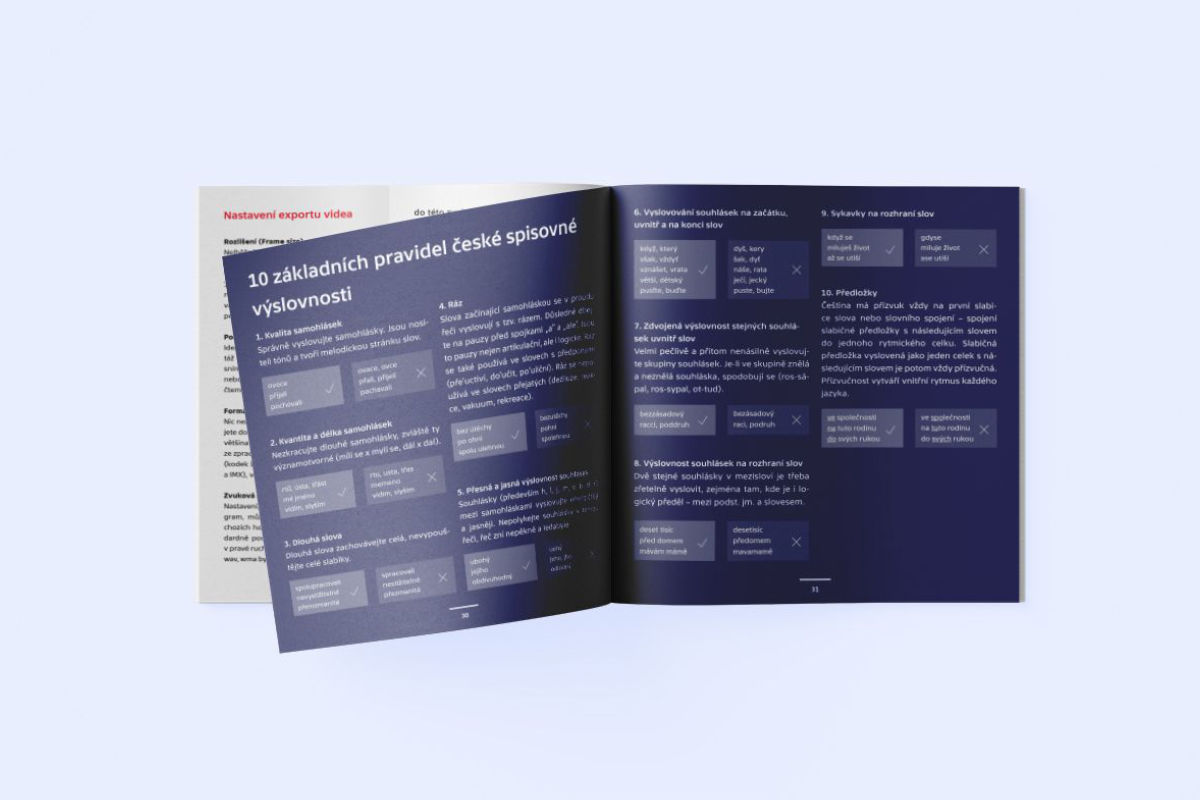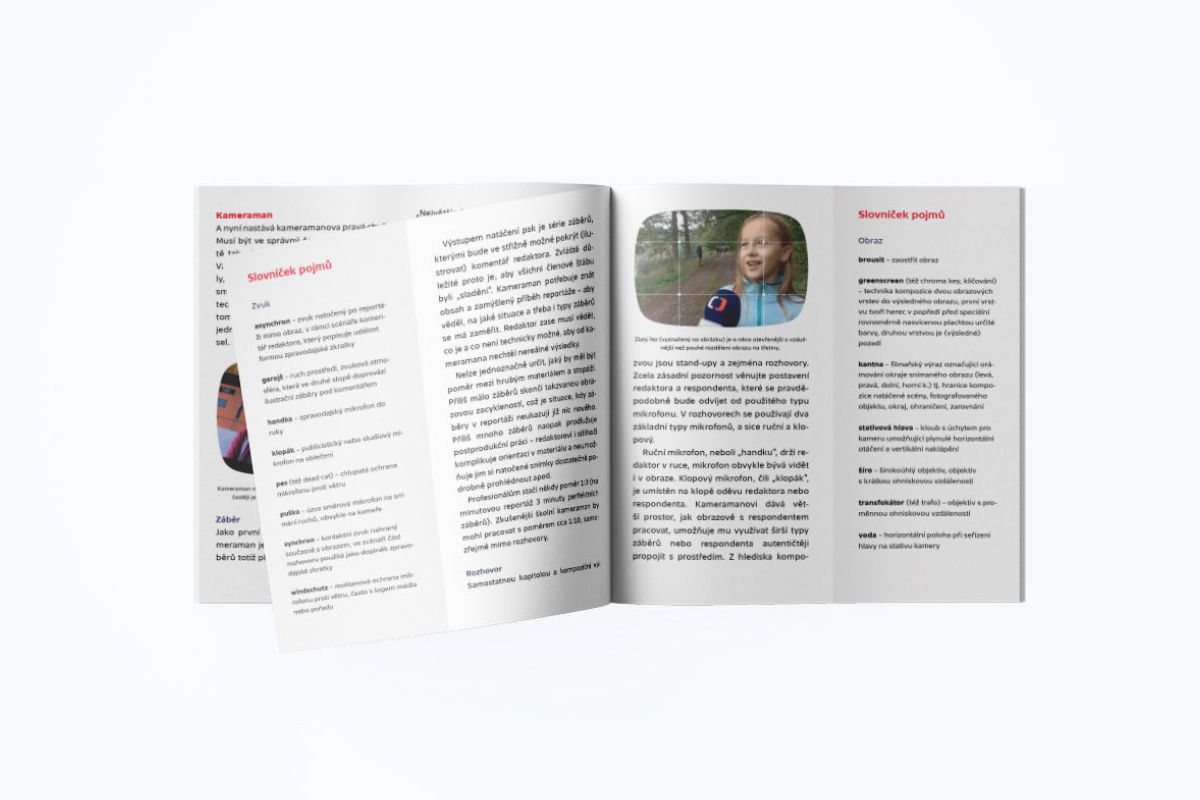

Zprávičky, the Czech Television children news programme, uses content in its broadcast. For a long time, it dealt with a low technical level of this footage. In this case study, we are going to show how we solved this problem with two handy manuals.
There is a unique phenomenon in Czechia. At some schools, especially at primary and secondary schools, students form teams to inform about the news and events around them, and they do it in the 21st-century style - using videos and YouTube. That's how school televisions are born.
Some of those videos are really outstanding and so good that they can be broadcast on television. The Czech Television, a public television broadcaster in Czechia, has a daily children's news programme called Zprávičky ("The Little News"). It's a five-minute information bulletin covering topical events both at home and abroad. Its viewership is typically around 100,000 people, and Zprávičky is the only television news programme for children in Czechia.
Videos from students are suitable in terms of content but are often insufficient in terms of technical quality. For example, interviews are filmed in low light conditions, shots ignore the golden ratio rule, and reporters have problems with sloppy voice-overs. We have noticed that these flaws are almost the same for all teams and they reappear after some time. We wanted to change that once and for all.


In the meantime, another important project of the Czech Television is underway. It's called Televize ve vaší škole ("Television in Your School") and is meant to educate students in media literacy and critical thinking. As a part of this project, we meet students and teachers who are interested in audiovisual content and who are about to start (or have already started) a school television.
So we created two guides with useful tips and resources, covering basic topics. These "books" are available both online and in print.
In the first one, we discuss ways to start a school television. We have collected the experience of many teachers and students and we share it step by step in this systematic manual. We answer frequently asked questions, such as what desktop apps are used to edit video and how expensive they are, or whether they need to have their own website or just a YouTube channel.
The second one is a deep dive into how to properly produce a video from a technical point of view. We discuss the tasks and responsibilities of each crew member (editor, reporter, cameraman). We give specific examples and advice on how to make a quality shot composition, how to record a voice-over correctly or how to evaluate individual performances and provide feedback.
"Both guides responded to the needs of our editorial staff of how to improve a 10-year long collaboration of the Zprávičky programme with different school teams on their media activities. It emerged thanks to Václav's personal experience. All the joint effort has resulted in useful publications which provide basic media know-how and represent the Czech TV well during workshops at schools."
Under the guidance of experts, two specialized guides have been created. Both of them can be downloaded for free (in Czech). The Czech Television currently uses them as a tool and a handout at its workshops focused on media education.
In the years 2018–2020, we visited almost twenty Czech schools where we discussed media education and critical thinking. We helped them with their own media activities and many of them are in contact with the Czech Television to this day.
We also presented this work as a part of the conference "(Naše) veřejnoprávní média", a conference on public service media, which was covered by a non-governmental, non-profit organization People in Need.